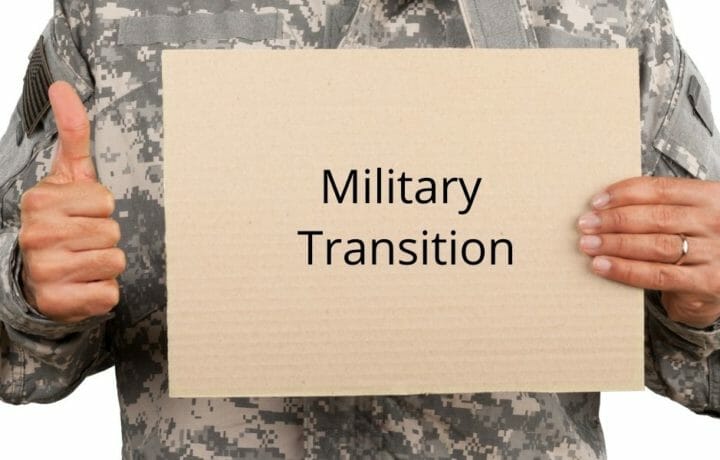Some of the lesser known training programs tied to the GI Bill can be confusing in regard to how each one affects amount paid to the student each month from their GI Bill. Not knowing the “ins and outs” of each program can end up costing the student a reduction in GI Bill benefits. Two programs discussed in today’s column are internships and apprenticeships.
Internships
The key to using the GI Bill with an internship is to make sure the training offered is listed as a required class in that degree program; many are listed as 3-credit classes. If so, the internship counts towards the number of credits taken for that semester for GI Bill purposes.
If it is not part of a degree program or not listed as a required class, then the VA will not pay for it and it would not count toward the semester credits. So what is the big deal if it counts or not? Not counting can affect the amount a student receives with either the Montgomery GI Bill (MGIB) or the Monthly Housing Allowance (MHA) of the Post 9/11 GI Bill. Let’s take a look how each of these GI Bills are affected.
MGIB
Each school has a full-time credit floor or the least number of credits per semester and still be considered full-time. A full-time student with three years of military service would get up to $1,789 per month. Taking less than the minimum full-time number of credits negatively affects payments in this way:
- ¾ time – $1,341.75
- ½ to ¼ time – $894.50
- ¼ time or less – $447.25
Post 9/11 GI Bill
The issue here is the MHA. It would be pro-rated down at a ratio of full-time credits verses number of credits taken. For example if a school’s full-time number is 12 credits, and the student takes 7, the MHA would be reduced to 7/12ths of the full amount. Take 50% or less of the full-time number of credits (in this case 6 or less) and no MHA is authorized at all. Because internships are generally taken towards the end of a degree program that may be the only credits a student has for that semester. If possible try to work an internship in with other required classes.
The beauty of internships is that many employers also pay the student a small income, so that means extra money in the pocket that doesn’t affect the amount paid by the VA.
Apprenticeship/On-the-Job Training (OJT)
Since many veterans are good with their hands, some of them choose to use their GI Bill benefits to learn a trade instead of going to college. Depending on which GI Bill is used, these training opportunities differ in the way they pay.
For example if using the MGIB, the GI Bill amount progressively slides downward based on time in the program, but the amount received from the employer slides upward at almost the same rate, as the student learns more about the job. So the total amount of pay remains approximately the same. Here’s how it breaks down.
MGIB
During the first 6 months of training, the student receives 75% of the full-time MGIB benefit. After 6-months, the amount will drop 20% for the next 6 months (down to 55%); at the 18-month mark and through the remainder of the apprenticeship training, it drops another 20% (down to 35%).
Post 9/11 GI Bill
If using the New GI Bill, the MHA slides downward after the first 6 months at the rate of 20% too:
- 100% pay during the first 6 months
- 80% during the second 6 months
- 60% during the third 6 months
- 40% during the fourth 6 months
- 20% for the remainder of the training program.
As with the MGIB, as the MHA percentage drops, the amount paid by the employer to the student rises to almost balance out the total income. But unlike the MGIB, students in an apprenticeship program under the New GI Bill also get up to $83 per month in a books and supplies stipend throughout the duration of the apprenticeship.
Both internships and apprenticeships can be valuable parts of an education goal. And when properly administered don’t have to negatively impact the amount received from the GI Bill.




